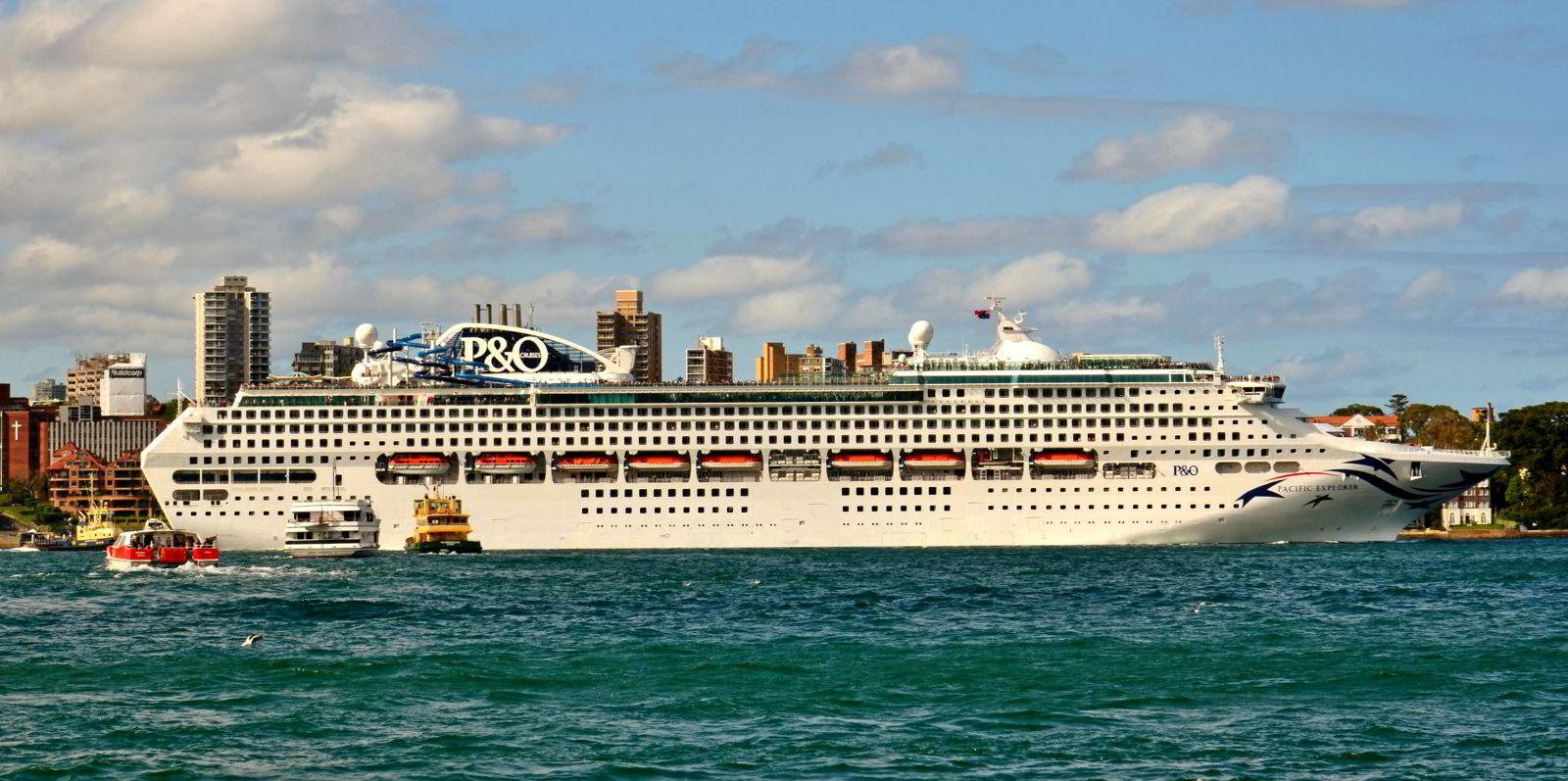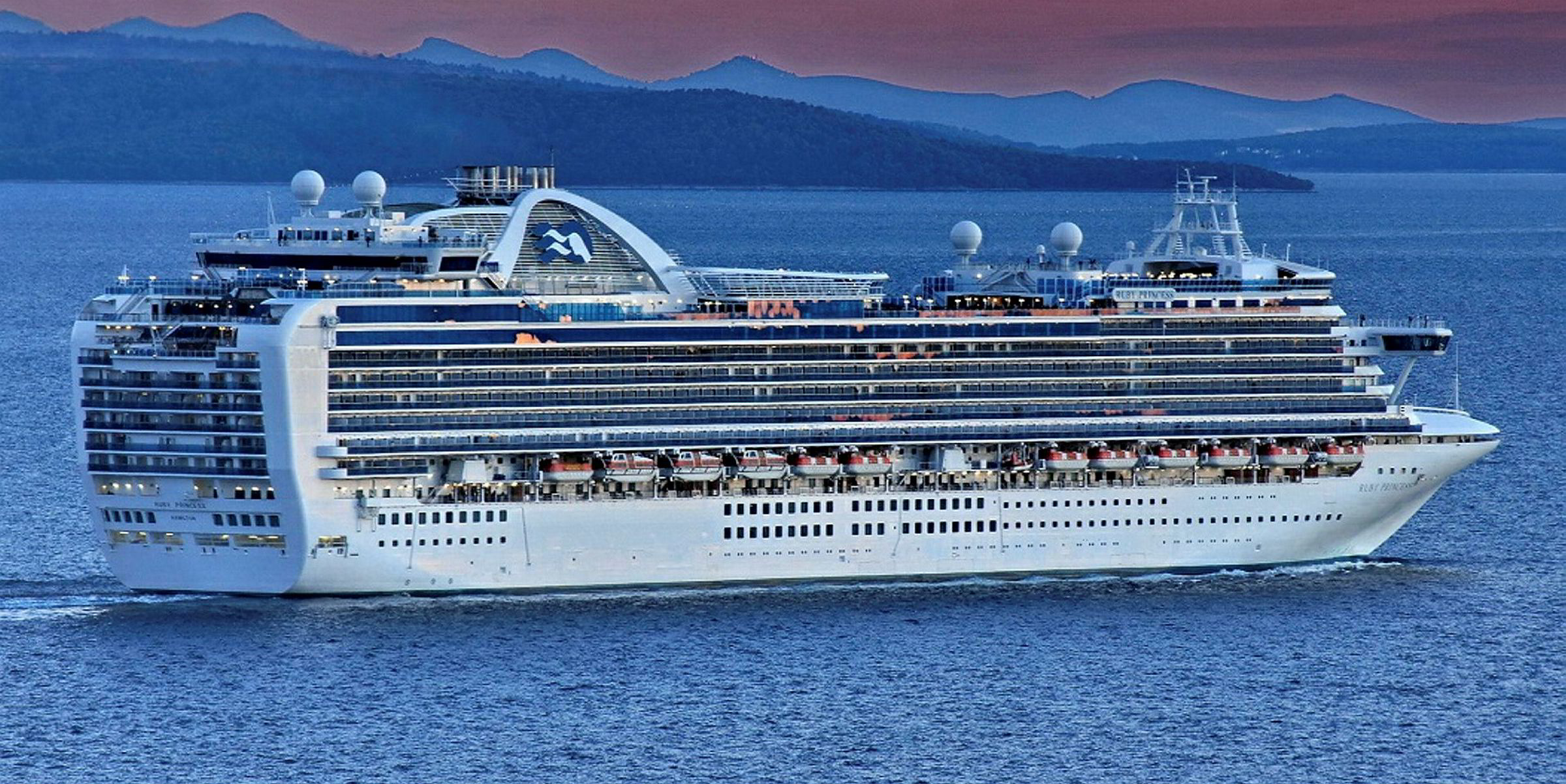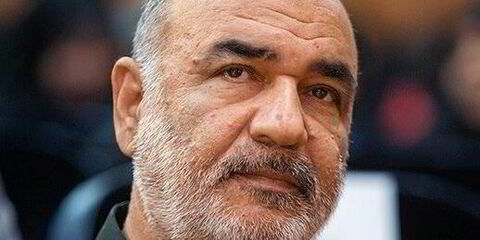Australia’s two-year ban on cruise ships officially expired on Sunday, but individual states will still determine when vessels can enter.
Cruise ships were halted from entering Australian waters in March 2020 after a Covid-19 outbreak on board the 113,500-gt, 3,000-berth Ruby Princess (built 2008) spread into Sydney once the vessel had docked.
A total of 2,700 passengers were allowed to disembark despite 158 passengers reported to have been ill, including a number with coronavirus-like symptoms.
Government officials said the ban had been “highly effective” in preventing and controlling the entry, emergence and spread of Covid-19 in Australian territory.
The Cruise Lines International Association estimates that the ban on foreign cruise ships has cost the Australian economy more than AUD 10bn ($7.36bn).
“[Cruise lines] are preparing for a carefully managed resumption of operations in a sector that previously supported more than 18,000 Australian jobs,” the association said.
P&O Cruises Australia’s 1,950-berth Pacific Explorer (built 1997) was due to be among the first ships to dock in Sydney Harbour on Monday, according to the Port Authority of New South Wales.
The ship is due to resume sailings in late May with a four-night roundtrip cruise to Brisbane, followed by a series of Queensland and South Pacific cruises until late October.
New South Wales officials said recently that the return of cruise ships would be “done safely, with important safeguards in place to mitigate the risk of Covid-19”.
The protocols include vaccination requirements for crew and passengers over 12 years old, as well as mask and Covid-testing protocols.
“The cruise industry is a significant contributor to the New South Wales economy, an important part of our tourism industry and a major employer,” said the state Minister for Enterprise, Investment & Trade, Stuart Ayres, who is also Minister for Tourism & Sport.
Before the pandemic, 1.6m cruise passengers visited Sydney in 2017 and 2018, according to official figures.(Copyright)





